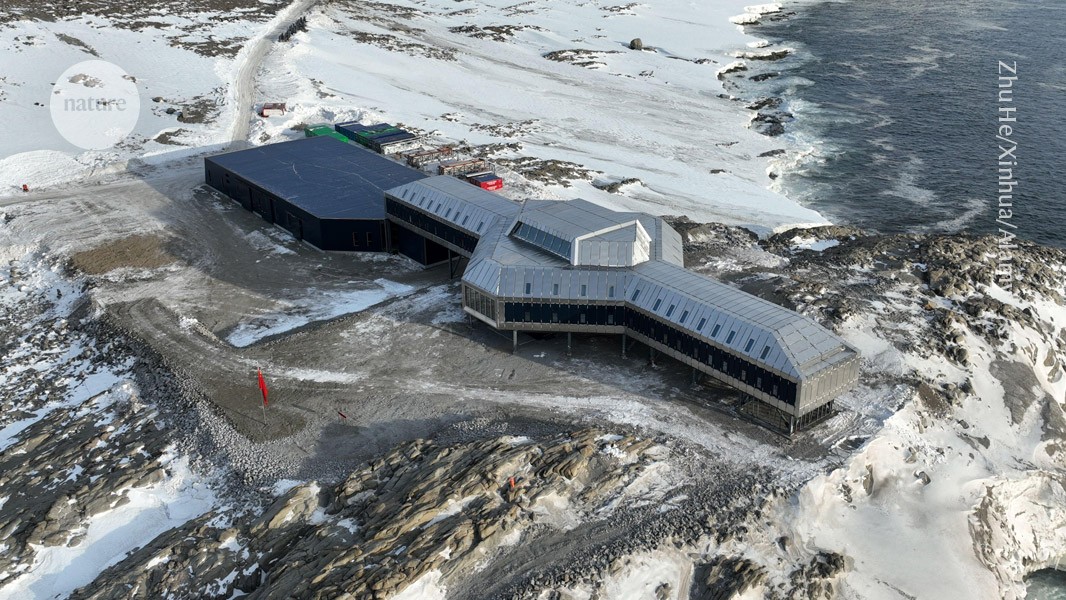China has rapidly increased its interest in Antarctica over the past decade, opening its fifth Antarctic station last year. Scientists are hopeful that this will help ensure research of global significance continues on the continent, despite the US government’s proposal to slash spending on polar science.
China’s latest station, Qinling, kicked off its first winter mission in March. Situated on Inexpressible Island in Terra Nova Bay, Qinling is China’s first station in southern Antarctica, not far from stations run by Italy and South Korea. In time, the station will run studies on marine and terrestrial ecology, sea ice, geophysics, wildlife and other topics, says Shen Jun, a director at the Chinese Arctic and Antarctic Administration in Beijing.
Qingling is “well-placed for research into a huge range of contemporary challenges in Antarctic research”, says Christina Hulbe, a geophysicist at the University of Otago in Dunedin, New Zealand.
One of them is determining how cold, dense waters form on the continental shelf, Hulbe says. These waters are the precursor to Antarctic bottom water, which plays a pivotal role in regulating the ocean’s ability to store heat and capture carbon. The region is also important for studying marine biodiversity, including krill, penguins and whales.
China does not reveal how much it spends on Antarctic research each year, but researchers say that there has been growing government funding for overall research and development over the past decade. Since 2018, China has also built two new icebreakers, Xue Long 2 and Ji Di, and is planning a new summer station in southwest Antarctica, which is scheduled to open in 2027.
US pulls away
As China’s interest in the region increases, US President Donald Trump has proposed cutting all polar research from $86 million to $25 million, and Antarctic-specific infrastructure renewal from $60 million to $24 million in 2026. US scientists fear that they might not be able to continue some of their research and fieldwork in Antarctica. There are also concerns that the US polar databases will not be maintained or updated. The US is seen by many as the global leader in Antarctic research.
Deniz Bozkurt, a climatologist at the University of Valparaíso in Chile, expects “some shift in the scientific leadership” for Antarctica and climate-change studies owing to the question marks surrounding US commitment.
Kim Yeadong, the chair of the Korean National Committee on Polar Research, based in Incheon, South Korea, says that Antarctic study benefits all of humanity. “If the US walks away, somebody should continue on this very important endeavour,” he adds. Kim says that he will be “very happy” if China increases its activity regardless of what the United States will do.
The need for data
Bozkurt thinks that the biggest risk from the US government cuts is the potential loss of continuous data, such as those hosted by the US National Snow and Ice Data Center, which are crucial for understanding climate trends and extreme weather.
Qinling’s global significance will depend partially on how China shares its data. “Sharing data, sharing findings, sharing issues of critical ecosystems, this is absolutely vital,” says Daniel Kammen, an energy researcher at the University of California, Berkeley. He hopes that the station’s data will be shared with scientists in real time to help them to understand and respond to changes.


